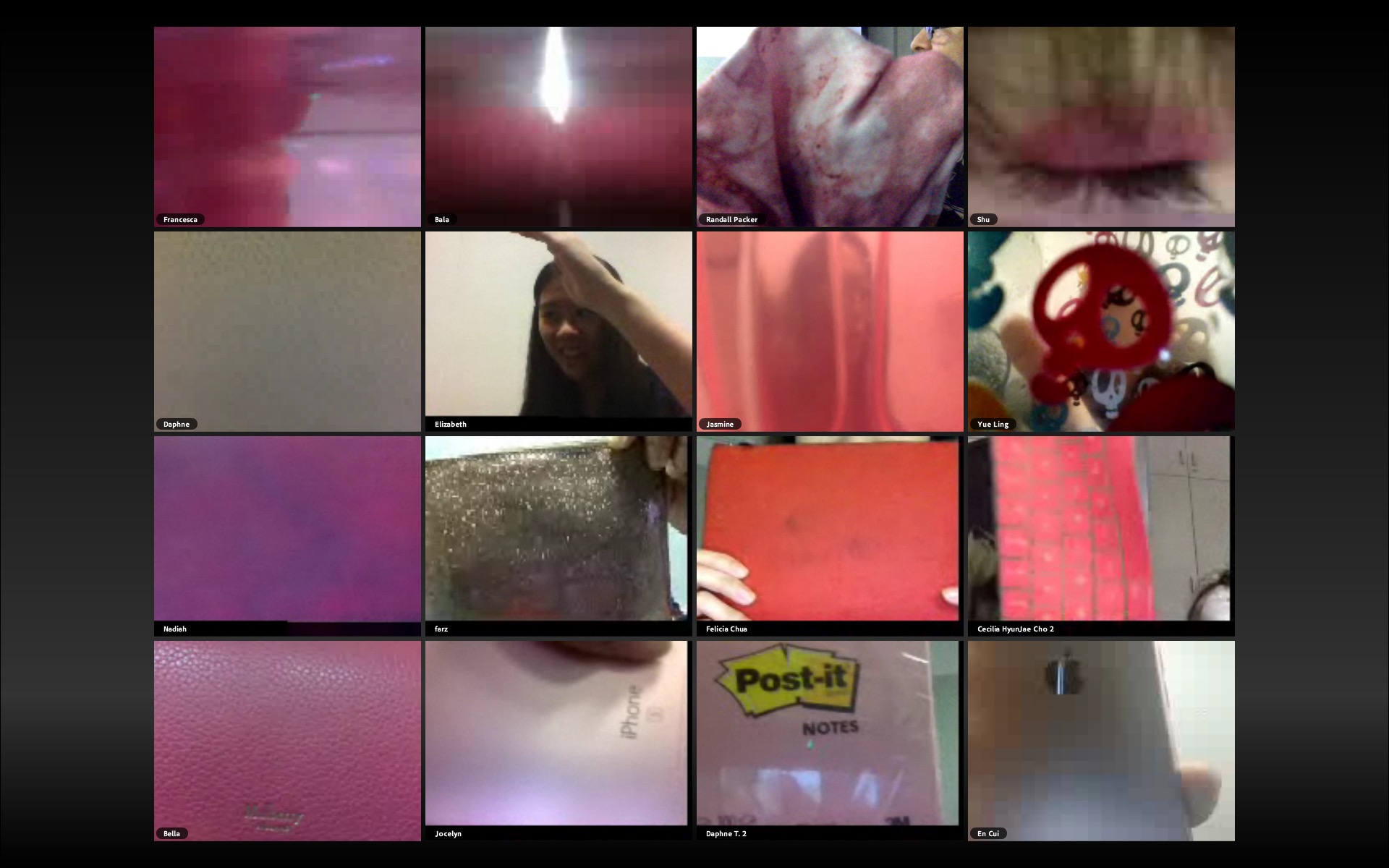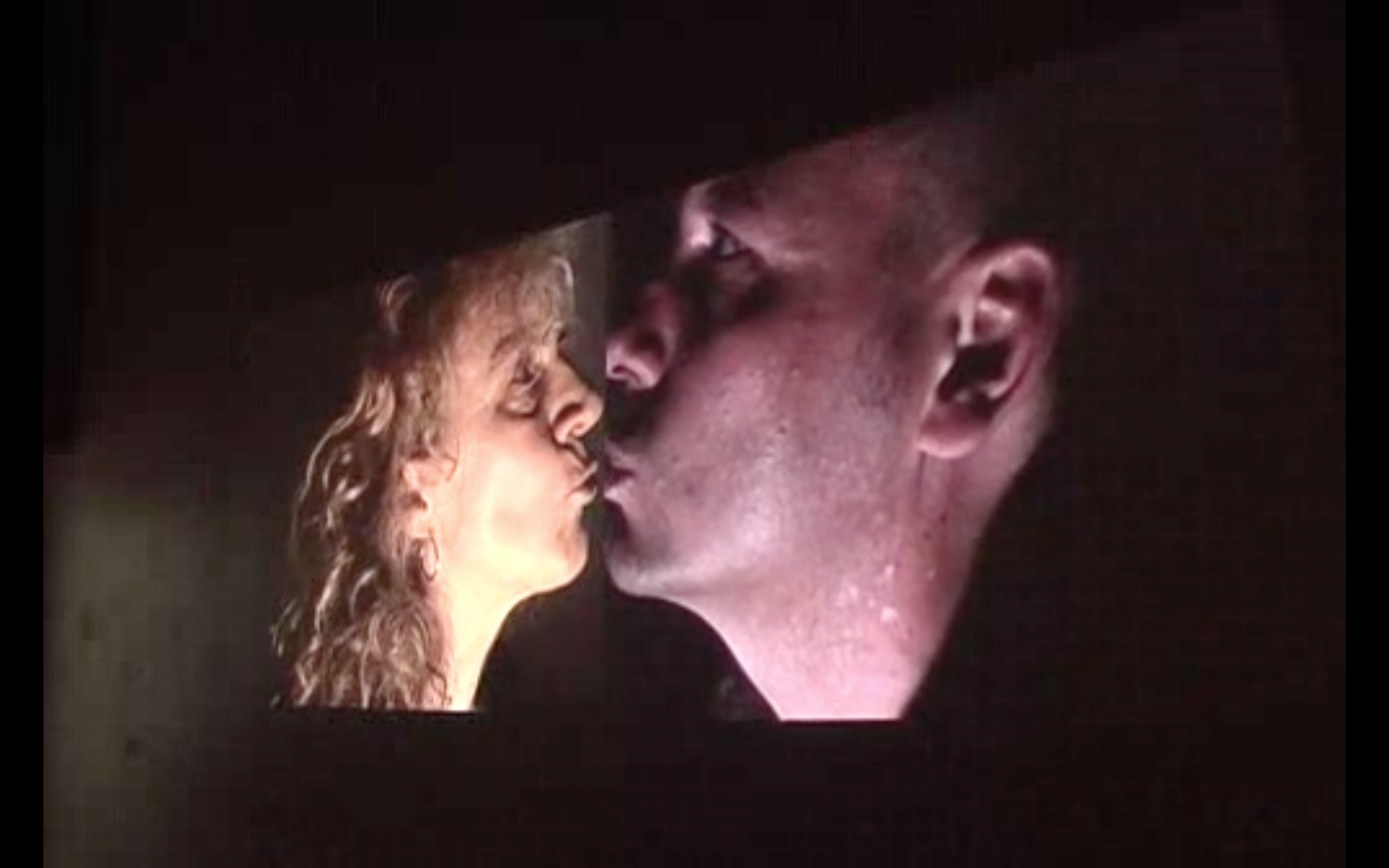Introduction to Furtherfield and DIWO
Furtherfield is an alternative artspace that was founded in the mid 1990s. It aims to ‘connect people to news ideas, critical thinking and imaginative possibilities for art, technology and the world around us’. Therefore, Furtherfield is an open community that is not limited to artists only, but it also welcomes people from all walks of life to join. Other professions that are involved in Furtherfield include technologists, theorists and activists. When these different professions come together, they can inject their own experiences into the artwork, making the artwork more interesting and unique.
DIWO and its Benefits
“In [the DIWO] approach, peers connect and collaborate, creating their own structures, using either digital networks or shared physical environments, making an art that is both made and distributed across a network”
– Ruth Catlow and Marc Garrett, Furtherfield
As a collective body, the Furtherfield community pools together their different life experiences and skillsets to create artworks that are bigger, bolder and more unique. Artworks of such scale cannot be achieved by a single person. You can say that the DIWO approach teaches us embrace differences and use these differences to our advantage, rather than allowing them to bring about division.
In this dog-eat-dog world, it is all about becoming the most successful in one’s field and doing whatever it takes to get there. The art field is no exception. This competitiveness brings about selfishness, division and isolation among artists, leaving no room for any collaboration. Furtherfield aims to help artists break free from this mindset with the concept of DIWO. DIWO encourages artists to take the selfless approach of looking beyond themselves and choosing with collaborate, share and help others. This is a win-win situation for all artists because not only will the works produced be better than what one can produce alone, they also get to learn from one another and expand on their skillsets.

The DIWO approach is much more fun too! Take Telematic Embrace as an example, the experience of seeing everybody’s part come together to form the bigger picture is fascinating. This requires the active participation of every single person and cannot be achieved by a single person alone.
DIWO in the Third Space
The third space is a ‘hyperspace where spatial trajectories have no boundaries’, hence artists from anywhere in the world can share their artworks in real time and even participate in global art projects. Collaboration is now no longer restricted by physical locations or time zones. Art can now be created anytime and anywhere!
The Big Kiss is an example of DIWO in the third space. It presents two people at two different locations with the opportunity to connect with each other in an intimate way, as one would in real life.
As the third space can also be seen as a new medium, new art forms will inevitably emerge. Some examples of such art forms include real time art, software art and the remix culture.
DIWO and Societal Change
“They engage with social issues whilst reshaping art and wider culture through shared critical approaches and shared perspectives.”
– Ruth Catlow and Marc Garrett, Furtherfield
In the Asian culture, it is not uncommon to hear discouraging words about pursuing an art career. Many perceive art as a useless career that earns little and brings no benefits to society. Therefore, I was greatly encouraged when Marc Garrett mentioned that artists can bring positive change to society too. Furtherfield cares for the environment and aims to reduce their carbon footprint while making art (through the project Cryptocurrency). This encourages us to be conscious artists who think beyond ourselves.
We can even use art as a platform to be advocates and stand up for causes that we are passionate about. However, it is important to remember that while change can start with one person’s idea, it cannot come to fruition without the help of others. Therefore, DIWO is still essential in bringing about change.
Conclusion
“Because if we do not take control of the tools and the media, and at least make an effort to empower ourselves and our communities that we value, then others may come along and take that possibility from us.”
– Ruth Catlow and Marc Garrett, Furtherfield
In a nutshell, we need to take ownership of what we can do as a collective body. It is through DIWO that the collective body can soar to greater heights and create artworks that can only be achieved through collaboration. DIWO is beneficial to all participants because different participants have different skillsets. These skillsets complement one another and can make up for what one is lacking. It does not stop there because we can learn new skills from one another and expand our horizons.



1 comment for “[EI] Maker Culture – DIWO”